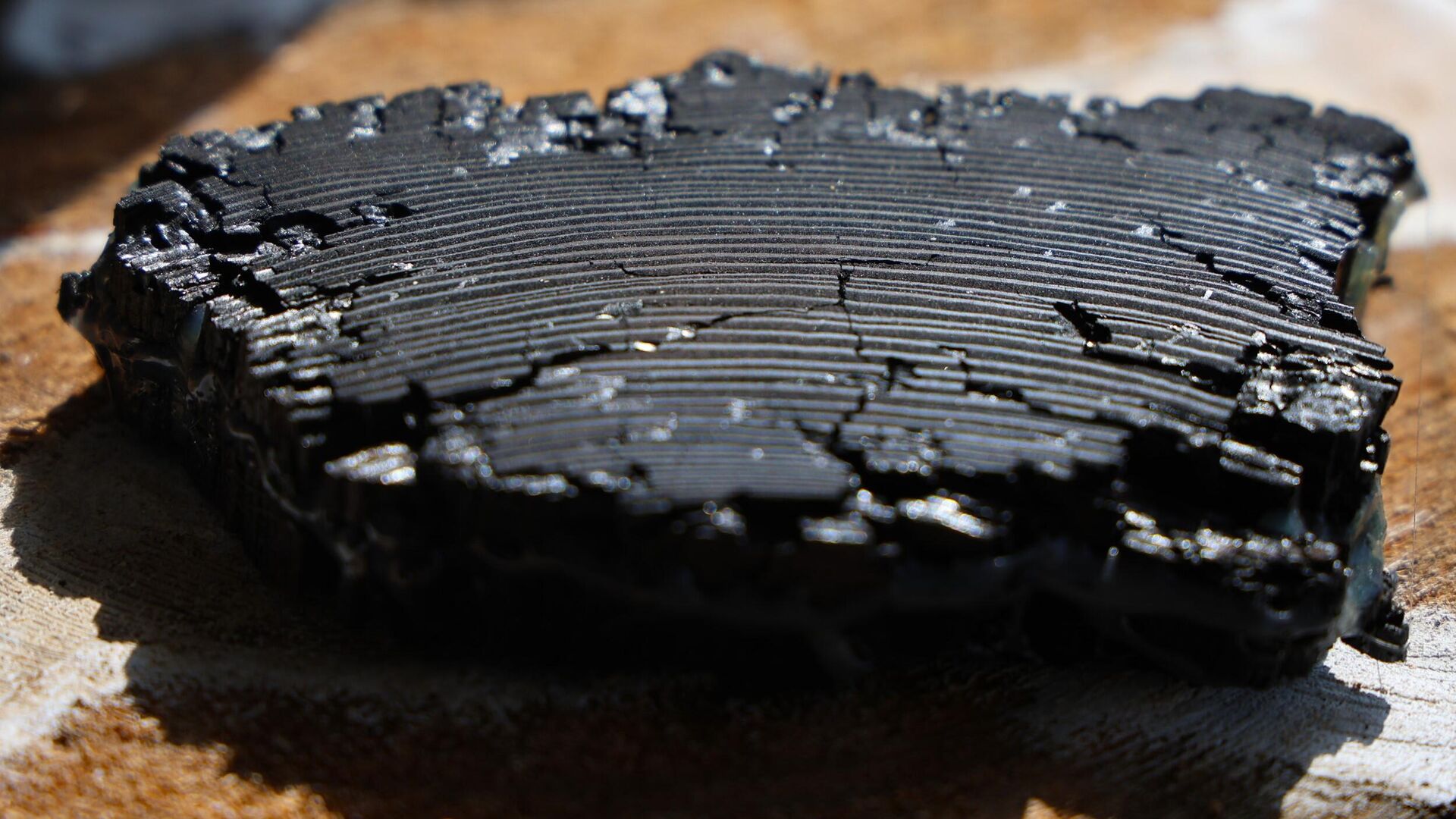
MOSCOW, August 13 Scientists from the Siberian Dendrochronology Laboratory of SFU have developed a new method for preparing samples of charred wood to determine the age of archaeological finds. According to the authors, the technology has made it possible to construct the longest chronology of charcoal in the world. The results are published in the journal Doklady Earth Sciences.
As explained at the university, charcoal is often found during archaeological excavations, for example, at the sites of fires, ritual fire pits or ancient forges (furnaces for smelting ore). However, for a long time, scientists believed that charred wood was too damaged and brittle to be used for tree-ring analysis.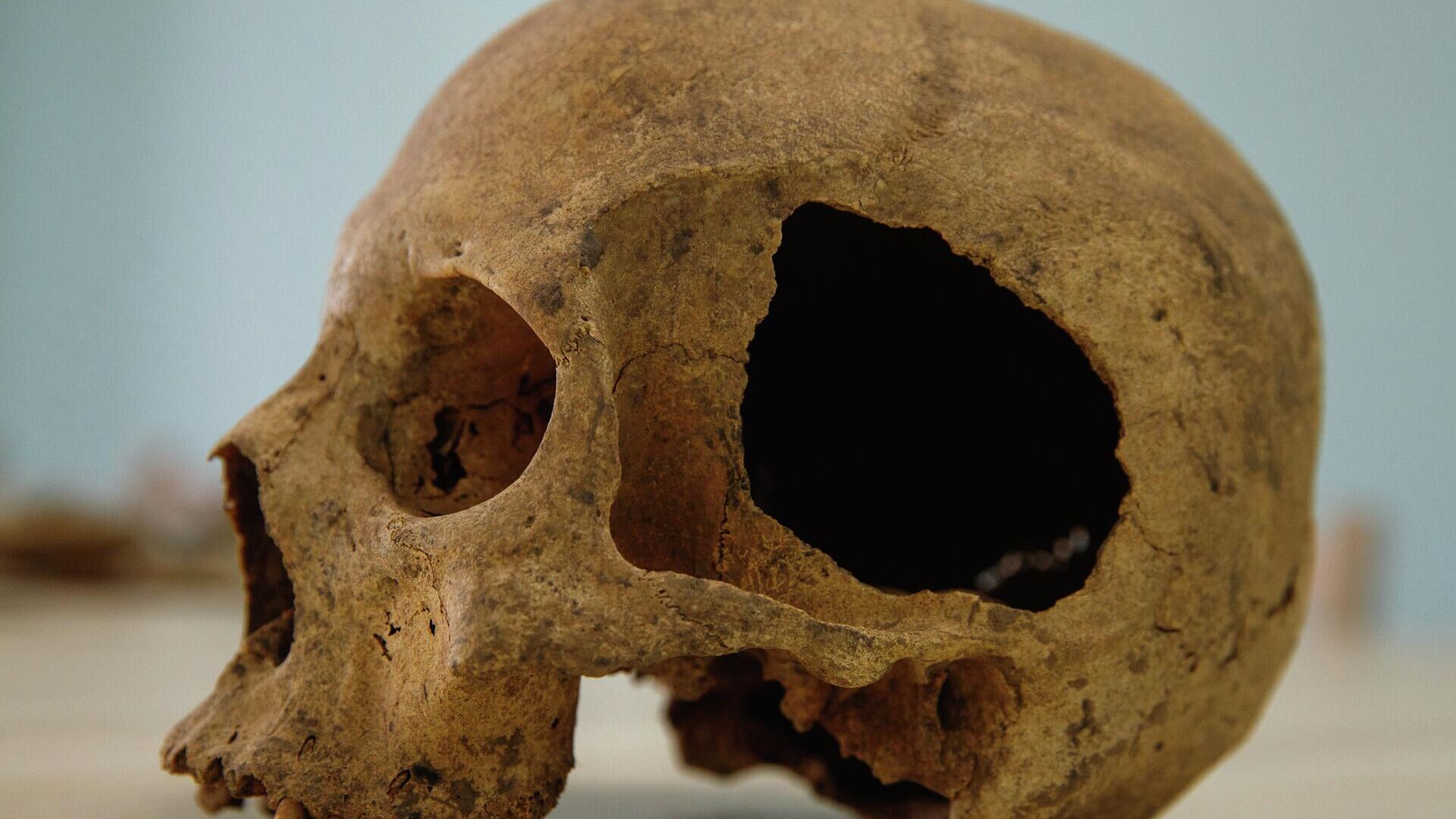
Scientists from the Siberian Dendrochronology Laboratory of the Siberian Federal University (SFU) have developed a new method for preparing charcoal for dating, which allows overcoming the limitations associated with the «vulnerability» of the material, and also significantly expands the capabilities of dendrochronology — a discipline that studies the age of ancient wooden monuments and fragments of tree trunks by annual rings.
«
“The technology is easy to use, tested in practice and confirms the importance of the dendrochronological method as one of the most accurate methods of natural science dating,” said Valentin Barinov, senior researcher at the Siberian Dendrochronological Laboratory of Siberian Federal University.
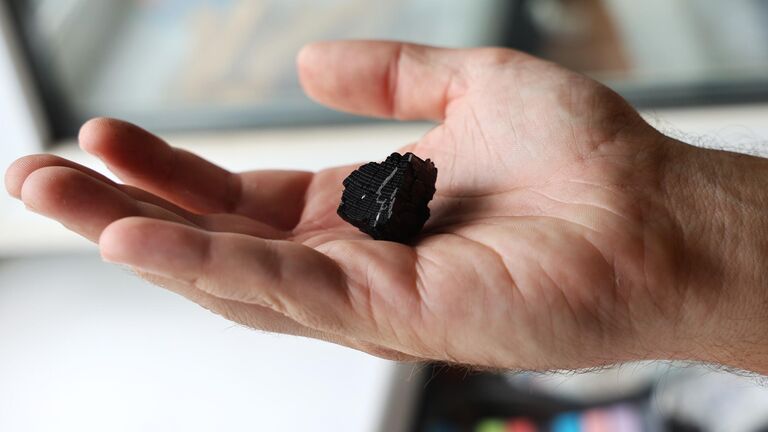
1 of 4
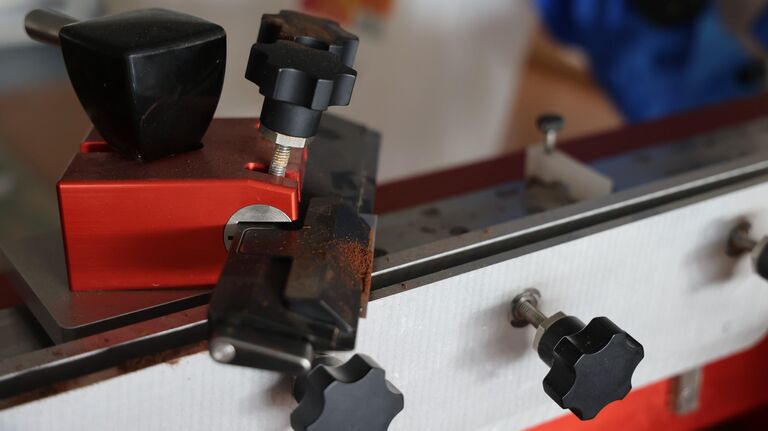
2 of 4
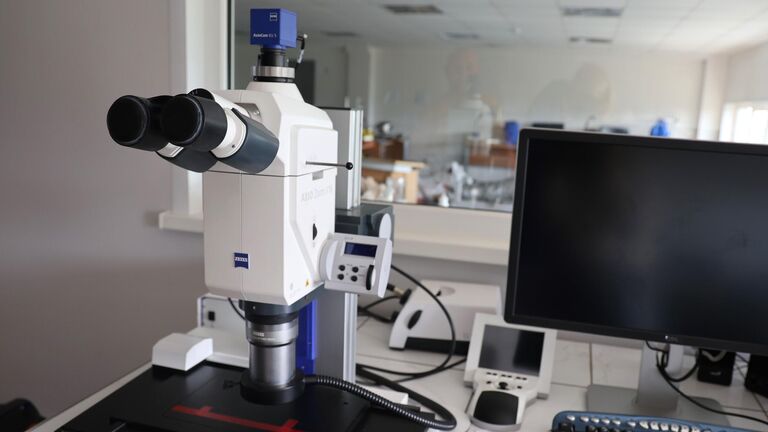
3 of 4

4 of 4
1 of 4
2 of 4
3 of 4
4 of 4
He added that the developed approach is not only simple and accessible, but also ensures high-quality processing and reliable results. To prepare coal samples using the new method, three tools are needed: a simple grinding machine, a household vacuum cleaner, and a digital microscope.
First, according to the author, the sample is dried to 7% humidity, and then it is ground, using a vacuum cleaner at the same time to remove coal dust. Then the processed surface is photographed under a digital microscope.
«Unlike foreign analogues that use a directed air flow (compressor), this method allows for more careful processing of samples, reducing the risk of damage. It is also more economical,» Barinov emphasized.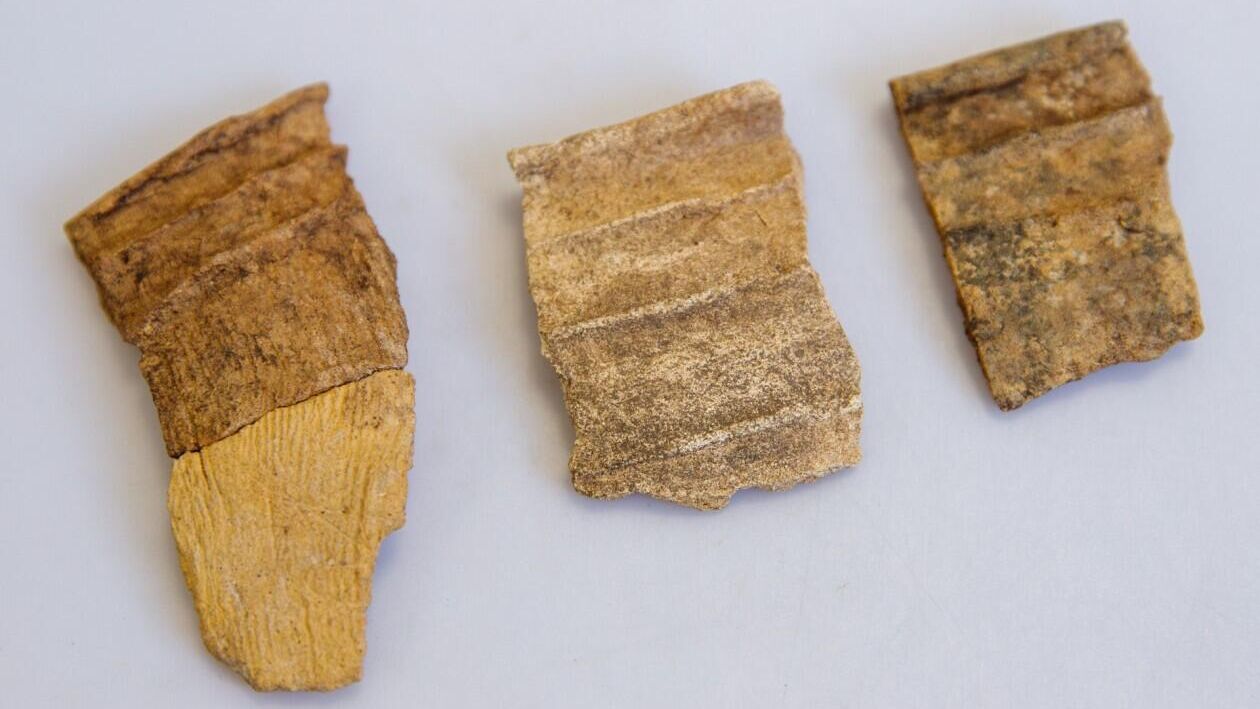
After processing, the researchers begin to analyze the resulting image using specialized high-precision software. Each sufficiently long period of time in a specific place is «imprinted» by a certain pattern of rings of different widths. By superimposing the pattern of annual rings of one tree on the pattern of another, it is possible to find the place of their complete coincidence and construct a unique tree-ring chronology, a kind of time tape. It allows determining the time of creation of monuments with an accuracy of up to a year, experts note.
Using the developed method, specialists studied charcoal from the 1st millennium AD, discovered during archaeological excavations in the Kurai steppe (Southern Altai), and then, gradually superimposing the pattern of annual rings of one coal on the pattern of another, they constructed the longest tree-ring chronology for coal in the world (377 years). It became the first successful experiment in Russia in analyzing coal using the dendrochronology method.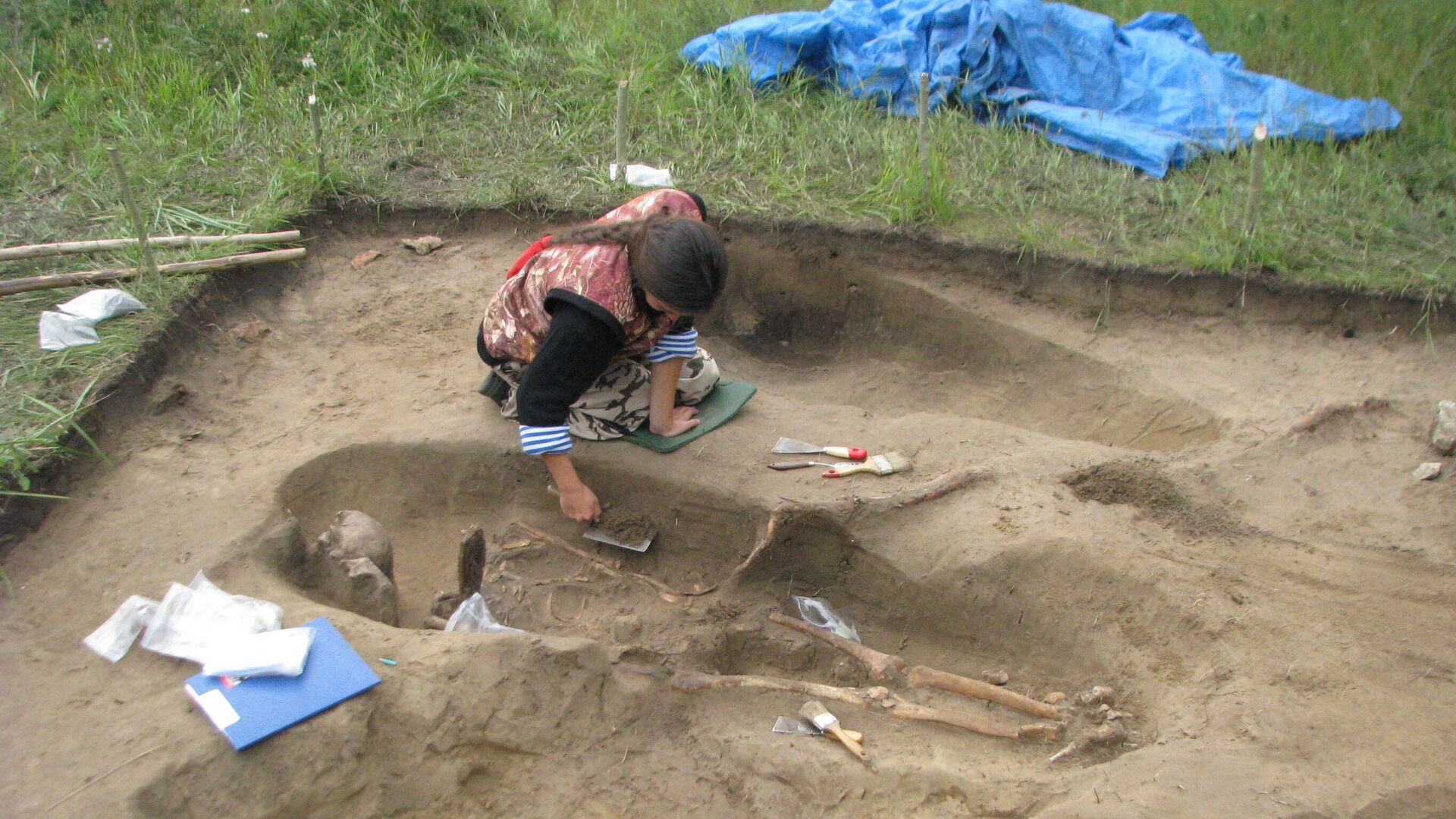
According to scientists, they are at the very beginning of the research path, so today they are faced with the task of extending the chronology to the present day. For this purpose, specialists are already accumulating and processing a collection of charcoal from the archaeological site of Kara-Dyt III (Tuva Republic), which is several times greater than the amount of coals previously studied.
The study was carried out with the support of the Russian Science Foundation grant No. 23-78-10118 «Digital dendroarchaeology: the latest methods of sample preparation and dating of archaeological wood and coals of the boreal zone of Eurasia».
The SFU project «Hitchhiking in Science. The Siberian Route» is also dedicated to scientific discoveries in this area, which is being implemented with the support of the grant of the Ministry of Science and Higher Education of the Russian Federation No. 075-15-2024-573.























































Свежие комментарии